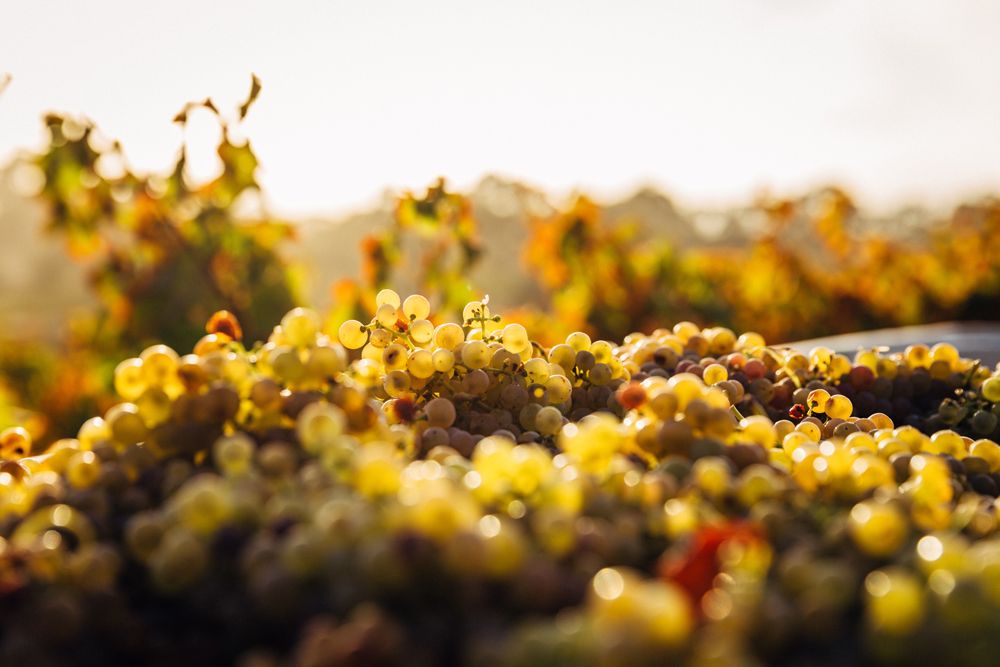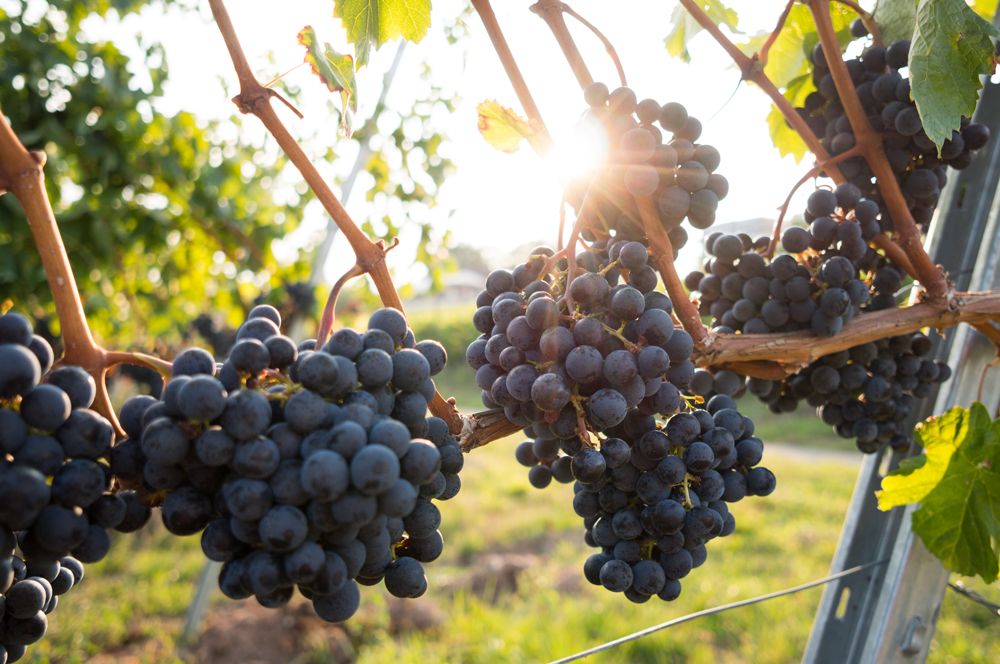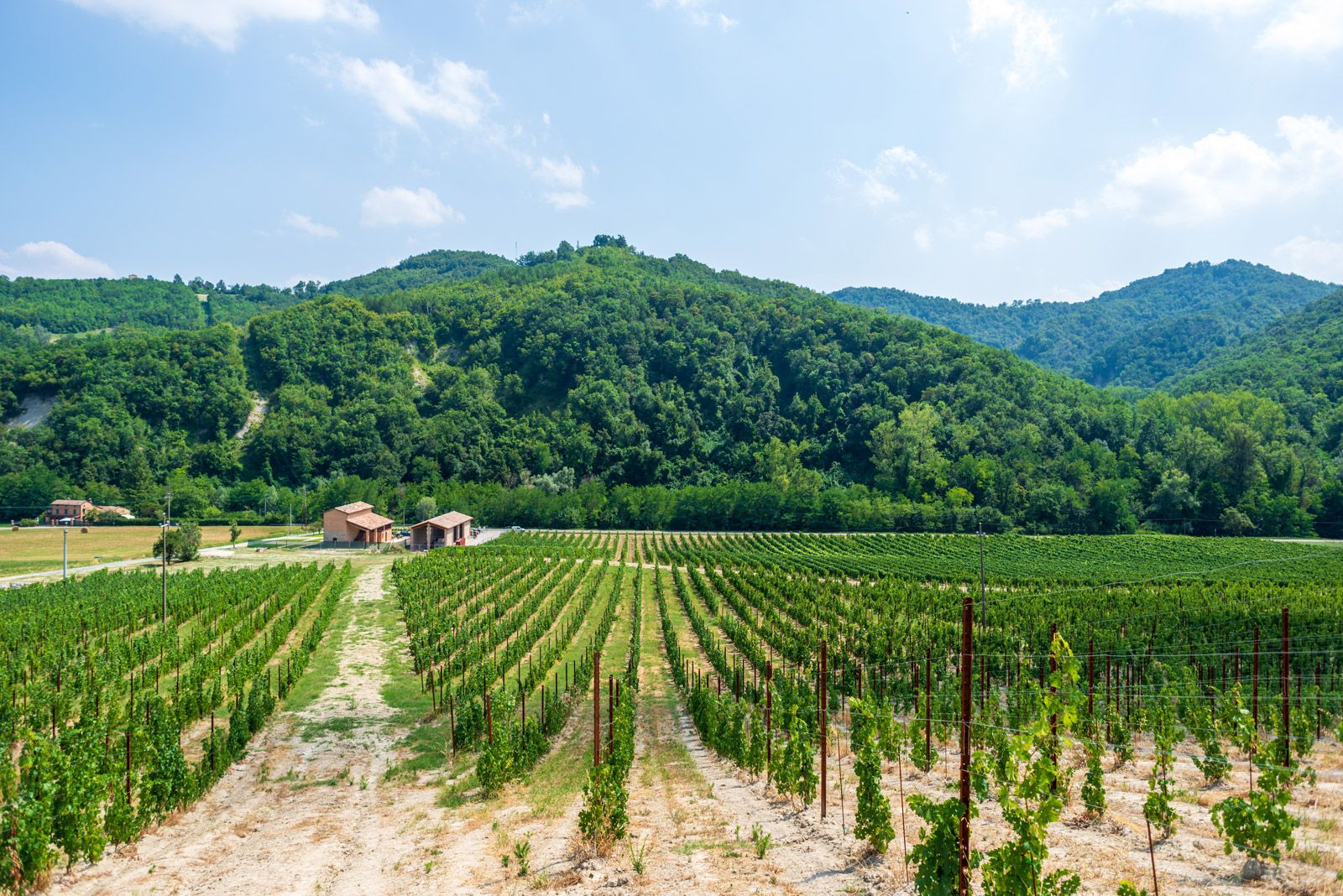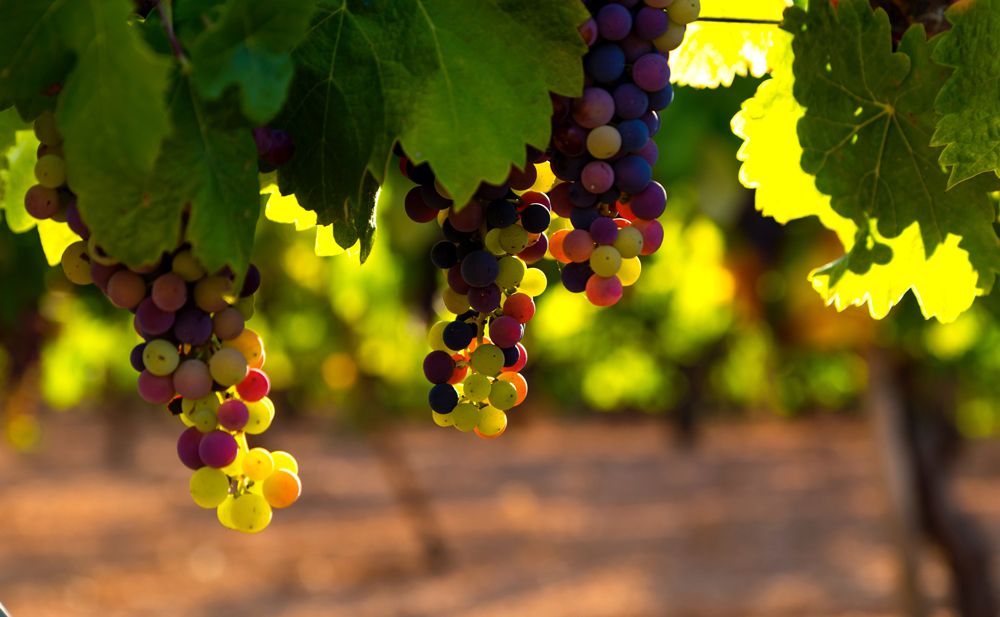White vinification
The grape harvest
It is the dawn of a radiant day in late September. The warm rays of the sun begin to tickle my opalescent, golden-yellow skin. Among the shiny green leaves, I see my siblings, made plump and bright by a cheery summer and a generous land. We are all full of energy, or rather, sugar, and our aroma spreads all over the hill. I smile at the new day and prepare to welcome the warmth coming up from the east, but a column of humans rises from the slope. In their hands they carry small colourful boxes and sharp scissors. There are worried murmurs among us: some time ago, those same scissors took away whole families, large bunches of grapes from the plant without us understanding why. Thinning they called it. We try to hide under the magnanimous shadow of the leaves, but already the scissors are coming down on the stalks. We are taken off the vine and placed in boxes. The tension is palpable, even if our fear slowly recedes because the hands holding us are delicate and we are comfortable in the boxes, we are not too crushed. I start to relax and drowsiness overcomes me. Now it’s off to the cellar, I hear someone say as I doze off.






